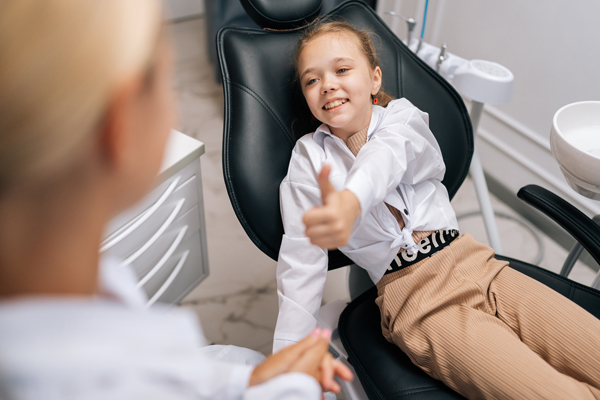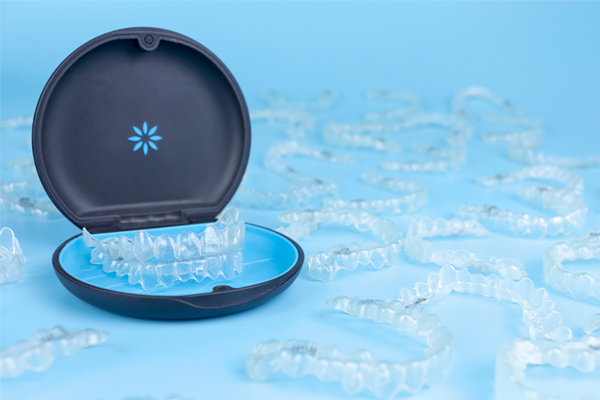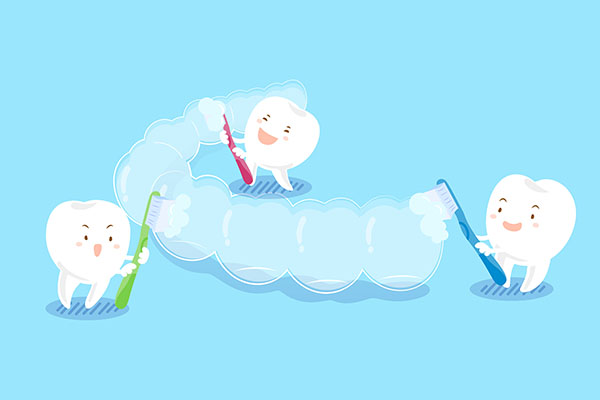What Parents Should Know About Phase 1 Orthodontics for Children

Phase 1 Orthodontics plays a vital role in guiding the proper development of a child’s teeth and jaw. This early intervention is recommended during the mixed dentition stage, when both baby and permanent teeth are present. Phase 1 Orthodontics focuses on correcting issues affecting bite alignment, jaw growth, and overall oral function. Addressing orthodontic concerns early can reduce the need for more extensive treatment later in adolescence.
The purpose of Phase 1 Orthodontics
Phase 1 Orthodontics, known as early interceptive treatment, typically begins between 6 and 10 years old. The goal is not to achieve a perfect smile at this stage but to create the right conditions for healthy dental development. Treatment may involve using limited braces, expanders, space maintainers, or other orthodontic appliances.
This proactive approach can address several issues:
- Guiding jaw growth to improve alignment and symmetry
- Creating space for permanent teeth to erupt properly
- Correcting harmful habits like thumb sucking or tongue thrusting
- Reducing the risk of trauma to protruding front teeth
Early treatment often makes future orthodontic phases shorter, less complex, and more predictable.
When to evaluate for Phase 1 Orthodontics
According to the American Association of Orthodontists, every child should receive an orthodontic evaluation by age 7. At this stage, an orthodontist can detect potential concerns that may not be obvious to parents or general dentists. Common indicators that Phase 1 Orthodontics may be necessary include:
- Early or late loss of baby teeth
- Difficulty chewing or biting
- Crossbites, underbites, or open bites
- Crowded front teeth around age 7 or 8
- Noticeable shifting of the jaw when opening or closing the mouth
Even if no immediate treatment is needed, early evaluation allows for proper monitoring and timely intervention if issues arise.
What to expect during treatment
If Phase 1 Orthodontics is recommended, treatment plans are customized to fit the child’s specific needs. This phase generally lasts 9 to 12 months, depending on the condition being addressed. Treatment is typically followed by a resting period during which the remaining permanent teeth can erupt naturally.
Regular visits are scheduled throughout the process to monitor progress, adjust appliances, and ensure comfort. A cooperative and supportive environment at home plays a significant role in treatment success, as children may need reminders about appliance care and hygiene.
The benefits of early intervention
Phase 1 Orthodontics offers several long-term advantages for children with developing orthodontic issues. Some of the most impactful benefits include:
- Better facial balance and jaw development
- Reduced need for tooth extractions or jaw surgery later in life
- Improved speech and chewing function
- Enhanced self-esteem by addressing noticeable issues early
- Lower risk of trauma to misaligned front teeth
This early phase creates space and promotes healthy eruption patterns, laying the groundwork for a smoother second phase of treatment if needed.
The role of Phase 2 Orthodontics
It is important to understand that Phase 1 Orthodontics is not always the end of the treatment journey. Once most or all of the permanent teeth have erupted, usually between ages 11 and 13, a second phase may be needed to fine-tune the alignment of the teeth and bite.
Phase 2 Orthodontics often involves full braces or clear aligners and is designed to complete the work started in Phase 1. Because the foundation has already been addressed, Phase 2 is typically more efficient and focused on aesthetic and functional refinement.
How to prepare for an orthodontic consultation
Parents should collect relevant dental records before a child’s first orthodontic visit, including recent X-rays and dental history. The orthodontist performs a clinical exam, evaluates growth patterns, and takes digital scans or impressions if needed during the consultation.
Parents are encouraged to ask questions and share concerns about their child’s oral habits, development, or previous dental issues. A clear understanding of the proposed plan, timeline, and expected outcomes helps build trust and sets the stage for a positive experience.
Supporting a child through treatment
Children respond best to orthodontic treatment when they feel informed, supported, and involved. Parents can help by:
- Reinforcing the importance of appliance care and hygiene
- Maintaining regular dental cleanings throughout treatment
- Keeping appointments and following treatment guidelines
- Offering encouragement and celebrating milestones
The more engaged and consistent the support system, the smoother the orthodontic experience.
Early action leads to lasting results
Phase 1 Orthodontics provides an opportunity to correct developmental issues before they become more complicated. With careful timing and customized treatment, early orthodontic intervention can improve oral health, function, and confidence. Consulting with an experienced pediatric orthodontist ensures each child receives the guidance needed for a healthy and well-aligned smile. For more information or to schedule a consultation, call Precision Orthodontics & Pediatric Dentistry at {{PHONE}}.
To schedule a consultation, request an appointment on our website at https://www.orthodonticprecision.com or call Precision Orthodontics & Pediatric Dentistry at (703) 391-8800 for an appointment in our Reston office.
Check out what others are saying about our services on Yelp: Read our Yelp reviews.
Recent Posts
If you are a teenager whose dentist recommends Invisalign to straighten your teeth, you may wonder what the product is. Many dentists advise Invisalign® for teens as a discreet and reliable method of treating crooked teeth. However, you may only be familiar with traditional braces. Invisalign is a different way to fix malocclusions or imperfect…
A significant advantage of Invisalign® for teens is that it makes the treatment more discreet and less conspicuous than traditional braces. Nevertheless, you may be worried that the treatment will affect your speech. While this is possible, it is usually temporary, and there are things you can do to lessen the effects.The clear aligners used…
If your son or daughter is concerned about crooked teeth or a bad bite, you may want to consider Invisalign® for teens. This is an alternative to metal or ceramic braces, and it has numerous benefits, especially for those who are self-conscious about how they look. There are various reasons why Invisalign may be the…
A general dentist is often the first to inform parents that a teenage patient needs braces. As an orthodontic option, Invisalign® for teens can produce results in just a few months with minimal discomfort. This process can work to straighten teeth that are out of line, crooked, or twisted, and there may be no need…


